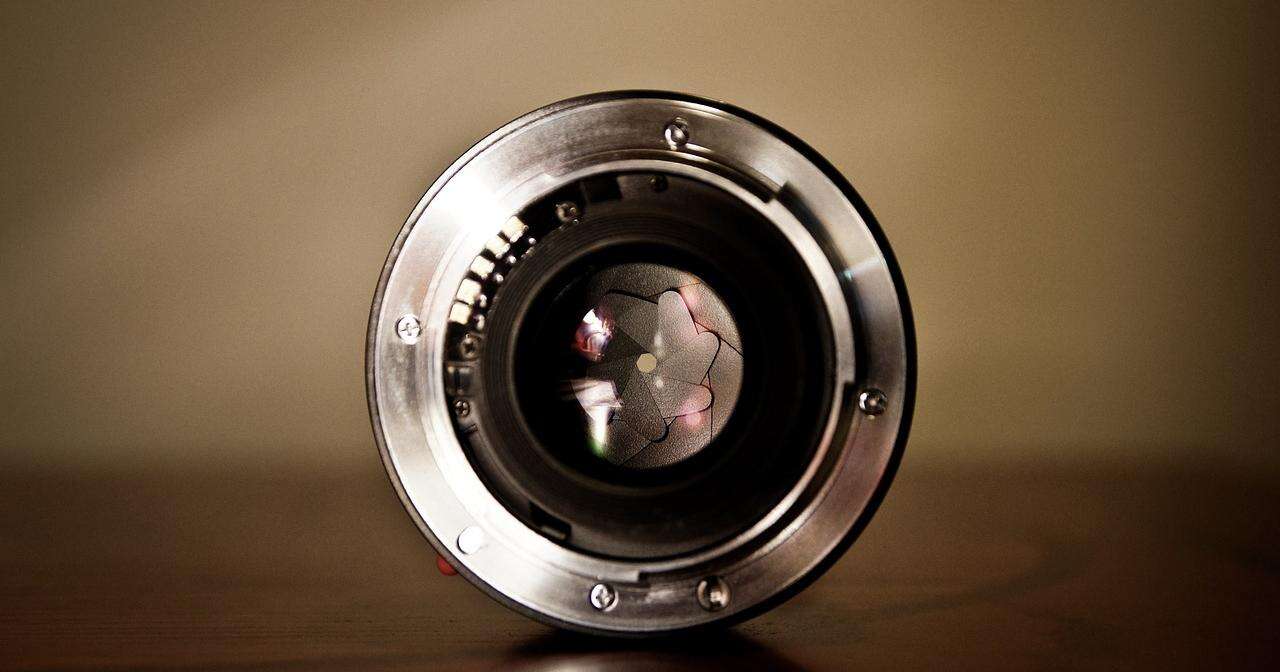Liquid lens technology boasts distinct advantages in speed, agility, and compactness, playing a pivotal role in industries requiring swift autofocus and enhanced image quality under various lighting conditions.
The essence of liquid lens technology lies in its ability to adjust focus by altering the shape of the liquid within the lens, thereby achieving rapid focusing. Compared to traditional glass lenses, it not only offers significant speed improvements but also demonstrates vast potential in design flexibility and adaptability.
This article delves into the principles of liquid lens technology, its differences from conventional lenses, and equips you with comprehensive knowledge about liquid lenses.
What is a liquid lens?
A liquid lens is an emerging camera technology that replaces traditional static optical glass lenses. It utilizes optical-grade liquids instead of static optical glass, adjusting the shape of the liquid within to dynamically control focus and focal length. Compared to conventional lenses, it offers faster speeds and superior focusing capabilities.

How does a liquid lens camera work?
what does the lens do on a camera?The working principle of a liquid lens is akin to how a water droplet refracts light. A transparent capsule filled with optical-grade liquid guides light onto the image sensor. This liquid capsule can change its surface tension under the influence of an electric field. By applying varying voltages, the shape of the liquid changes accordingly, directly affecting the refraction path of light as it passes through the liquid, thus adjusting the focal length. In liquid lens cameras, this process is known as 'electrowetting,' and the voltage variations alter the curvature and refraction effects of the liquid surface.
Key components of a liquid lens include:
- Optical fluid: A liquid with high refractive properties that adjusts the lens's focus by changing shape.
- Electrodes: Apply voltage to alter the curvature of the liquid.
- Housing: A sealed chamber that contains the optical fluid.
Differences between liquid lenses and traditional lenses
The primary distinction between liquid lenses and traditional lenses lies in the way they adjust focal length. Traditional lenses change focal length by moving multiple glass elements with fixed curvatures, while liquid lenses use electric currents to alter the curvature of the liquid surface, rapidly adjusting focal length.
Additionally, liquid lenses excel in focusing and determining depth of field much faster than traditional lenses. Thus, even when subjects are in rapid motion, liquid lense can swiftly lock onto focus.
Comparison between liquid lens autofocus and VCM autofocus
Liquid lenses adjust focus by changing the shape of the internal liquid to alter focal length, enabling rapid autofocus. This focusing method does not require physical movement of lens components, hence it is quick and smooth. VCM lenses, on the other hand, adjust focal length by moving lens components, relying on the mechanical force of a voice coil motor. This method depends on physical movement, which may result in delays and noise. Moreover, due to the absence of mechanical parts, liquid lens camera module typically outperform VCM lenses in durability and reliability, reducing the risk of failures due to mechanical wear and tear, and consuming less power.

Liquid lenses, being relatively new technology, may currently have higher costs than established VCM technology. Additionally, VCM autofocus lenses have a broader supply chain, offering better availability and supplier diversity. For more on liquid lens autofocus versus VCM autofocus, interested readers can refer to our previous article on liquid lense autofocus vs. Voice Coil Motor (VCM) autofocus.liquid lens and vcm autofocal glasses how to choice. Look at this article.
Advantages and disadvantages of liquid lenses
Compared to traditional optical lenses, liquid lenses have many advantages:
- They are smaller in size and consume less power than traditional lenses.
- The absence of mechanical moving parts makes liquid lens cameras more durable, reducing the risk of failures due to mechanical wear.
- A single liquid lens can handle all focal lengths, eliminating the need for multiple lenses in a camera module.
- They provide excellent image quality and stability.
However, liquid lenses also have some drawbacks to overcome, such as:
- Issues related to light scattering, as perceived by experts.
- The cost of liquid lenses far exceeds that of traditional optical lenses, even in large quantities.
- Although liquid lenses have fewer mechanical parts, the sealing and maintenance of the liquid is a significant challenge.
- Due to the immature technology, there are supply chain limitations and fewer supplier options.
Common applications of liquid lenses
Life Sciences
In the life sciences field, liquid lens technology is applied in microscopes to provide seamless autofocus capabilities. This allows researchers to easily observe samples at different depths, enhancing research efficiency.
Medical Imaging
Liquid lens technology is also being explored for use in medical imaging equipment, such as endoscopes and ultrasound devices. Its rapid focusing and image stability provide doctors with clearer images, aiding in more accurate diagnoses.
Biometrics
With the increasing demand for digital identity verification, liquid lens technology is used in biometric systems, such as iris recognition. Liquid lens cameras can quickly and accurately capture user eye images, providing reliable support for security systems.
Sinoseen empowers liquid lens cameras
As a camera module manufacturer with over 14 years of industry experience, Sinoseen has a wealth of R&D experience and a team of professional engineers capable of providing the liquid lens cameras you need based on your requirements. If you're still looking for embedded vision solutions, feel free to contact us.

 EN
EN
 AR
AR
 DA
DA
 NL
NL
 FI
FI
 FR
FR
 DE
DE
 EL
EL
 HI
HI
 IT
IT
 JA
JA
 KO
KO
 NO
NO
 PL
PL
 PT
PT
 RO
RO
 RU
RU
 ES
ES
 SV
SV
 TL
TL
 IW
IW
 ID
ID
 SR
SR
 VI
VI
 HU
HU
 TH
TH
 TR
TR
 FA
FA
 MS
MS
 IS
IS
 AZ
AZ
 UR
UR
 BN
BN
 HA
HA
 LO
LO
 MR
MR
 MN
MN
 PA
PA
 MY
MY
 SD
SD
















